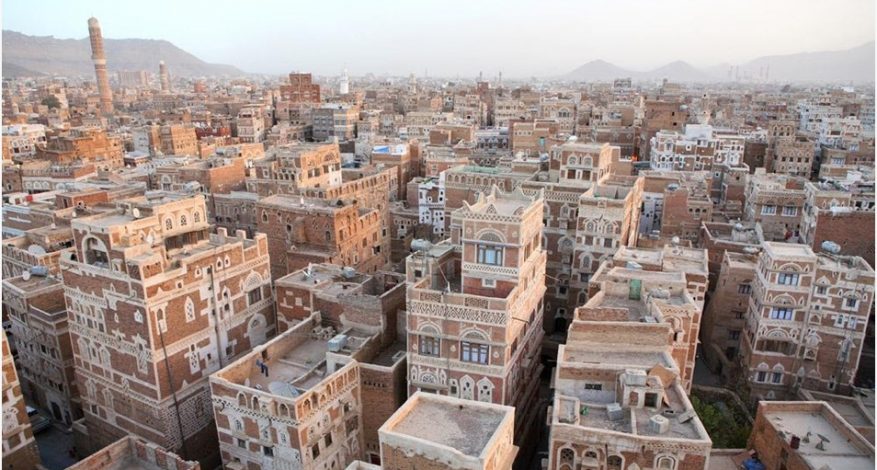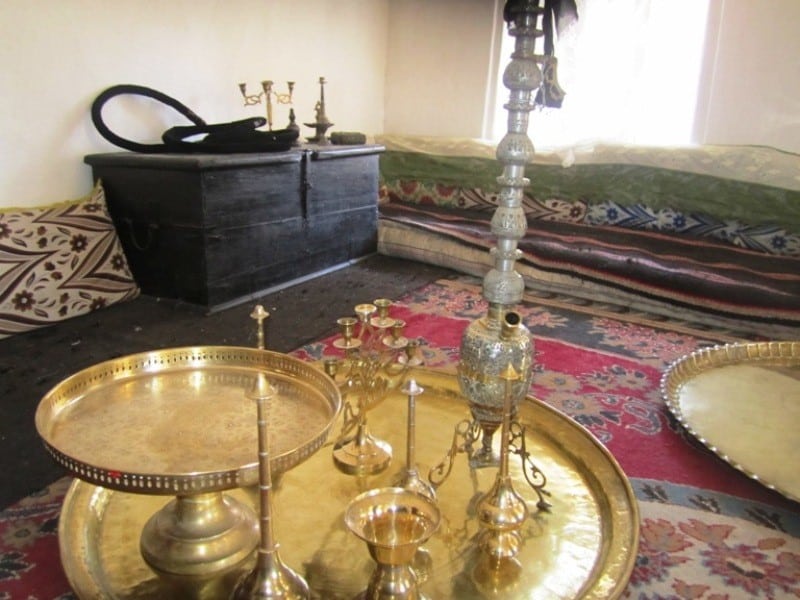Old City of Sana’A
History of old Sana’a:
Historical sources indicate that the old city of Sana’a was inhabited since the 5th century B.C., and then became the capital of the Kingdom of Saba, formerly known as Sano and meaning fort, but controlled by the Donkeys and worked to establish their own state on its land, and Sana’a began to expand its geographical area as it previously occupied a small part of the Yemeni desert, but with the spread of buildings, civilization became a large city. Around the 7th century, the Islamic call reached sana’a, and the neighboring Yemeni cities, and many of the residents of the region who maintained the spread of the Islamic religion between them and the inhabitants of other regions, and then punished the rule of the old city of Sana’a many Islamic kingdoms, which witnessed a civilized development, especially during the era of the Ayyubid state, which contributed to the construction of the rocky facades of the city buildings, and during the Ottoman Empire many mosques were built in the city, the most famous of which was Al-Bakiria Mosque.
The civilization of the old city of Sana’a:
The civilization of the old city of Sana’a is distinguished by its distinctive architectural character, which contains a group of beautifully shaped decorations, which spread on all buildings in the city, including mosques, houses, markets, administrative buildings, and other places. These are a set of civilizational manifestations in Sana’a buildings:
1. The San’ani House: It is the house that the people of Sana’a used to live in, and it contains the following components:
2. The entrance to the house:
It is the front yard of the house, which contains a wooden door, or a large courtyard in which the door of the house is located.
3 . Stairs:
It is a set of external steps that connect the ground floor of the house with its roof, or the upper floors in it.
4• The barn:
It is a place belonging to the Sana’a house, and it is usually built inside the house’s yard, or next to it, and its purpose is to raise livestock and chickens.
5 • Store:
It is the place where food and grain stocks are kept.
6• Al-Diwan: It is a large rectangular room, used for receiving guests.
7• The middle room: It is one of the rooms of the Sana’a house, and it is used by all family members to sit or eat.
8. Public buildings:
The buildings used by the general population of the old city of Sana’a, the most important of which are:
9• Shops:
These are small shops that spread in the markets of the old city of Sana’a, and were selling various types of goods.
10• Court:
It is the place where the general cases of the residents of the old city of Sana’a were considered. What was said in Sanaa:
Old Sana’a names:
Old Sana’a is one of the historical Yemeni cities registered in the World Heritage List. Sana’a is located in the middle of the Yemeni plateau between the “Aiban” and “Naqm” mountains, at an altitude of about 2,200 meters above sea level. IT was known by several names, the most famous of which are:
1. The city of “Sam” in relation to its first founder Sam, son of the Prophet of God Noah (peace be upon him), who built it after the flood, as it is known as “Sam”
2. “Azal” is related to “Azal bin Yaqtan” grandson of “Sam bin Noah”, and the name Azal is still known, and this name is mentioned in the Torah.
3. “Sana’a” means the fortified city, and it is said that it is due to the same quality of industry for which its markets and shops are famous, as they say, “Beautiful.” The name Sanaa was mentioned in a number of ancient Yemeni inscriptions, and the oldest of these inscriptions dates back to the first century AD. The inscriptions also mentioned its famous historical palace “Ghamdan.”
Engineer/Abdullah Al-Sumat







